Claudia Müller-Birn
Explanation Strategies as an Empirical-Analytical Lens for Socio-Technical Contextualization of Machine Learning Interpretability
Sep 24, 2021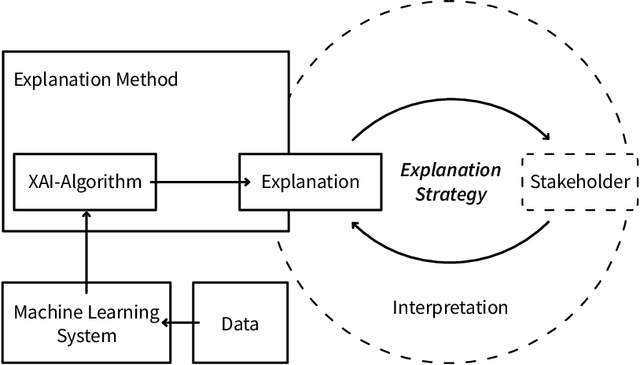

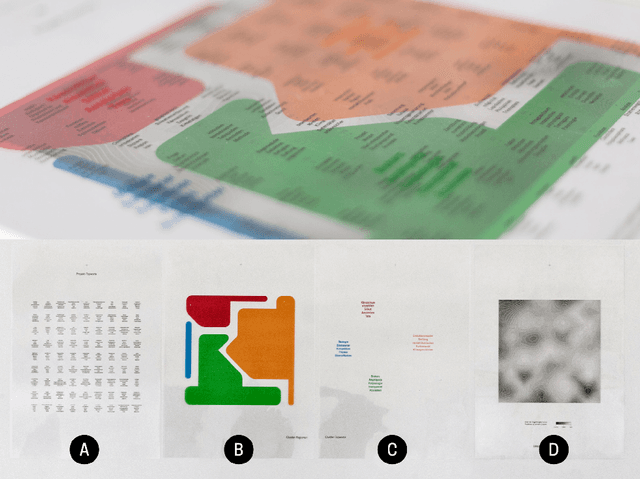
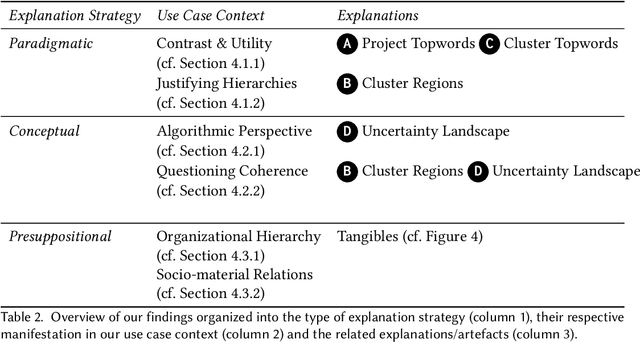
Abstract:During a research project in which we developed a machine learning (ML) driven visualization system for non-ML experts, we reflected on interpretability research in ML, computer-supported collaborative work and human-computer interaction. We found that while there are manifold technical approaches, these often focus on ML experts and are evaluated in decontextualized empirical studies. We hypothesized that participatory design research may support the understanding of stakeholders' situated sense-making in our project, yet, found guidance regarding ML interpretability inexhaustive. Building on philosophy of technology, we formulated explanation strategies as an empirical-analytical lens explicating how technical explanations mediate the contextual preferences concerning people's interpretations. In this paper, we contribute a report of our proof-of-concept use of explanation strategies to analyze a co-design workshop with non-ML experts, methodological implications for participatory design research, design implications for explanations for non-ML experts and suggest further investigation of technological mediation theories in the ML interpretability space.
PreCall: A Visual Interface for Threshold Optimization in ML Model Selection
Jul 11, 2019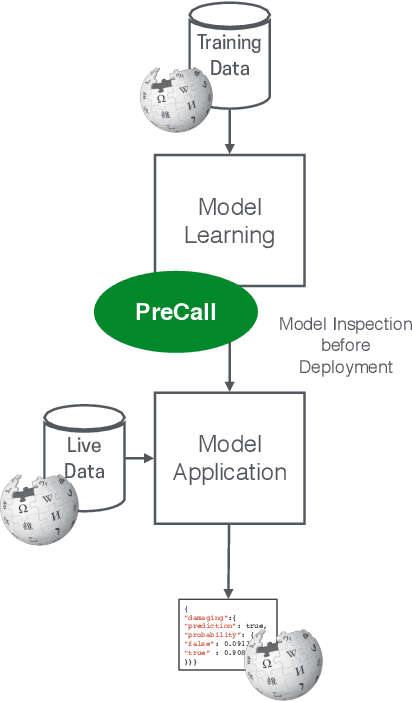
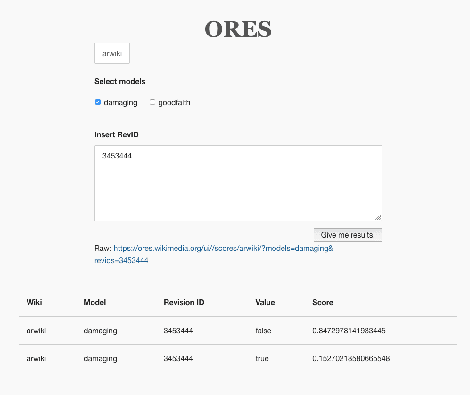
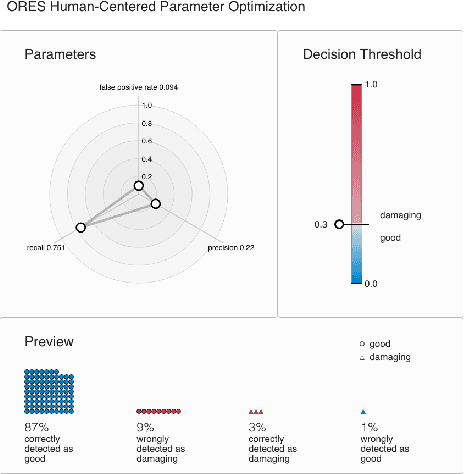
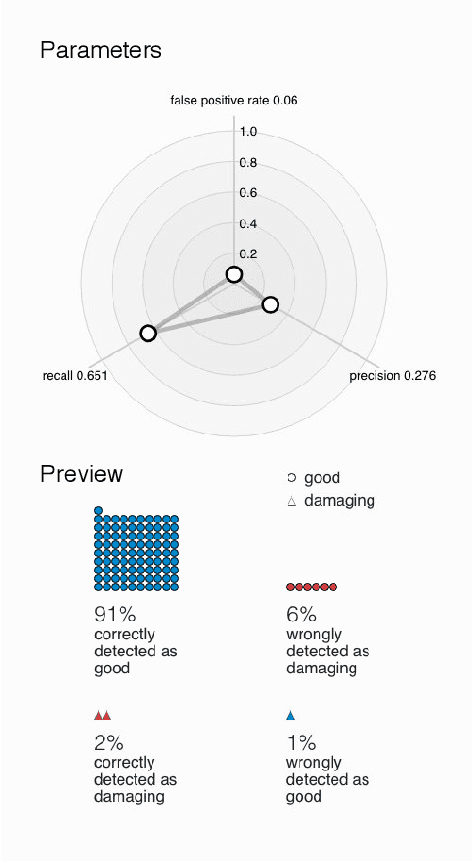
Abstract:Machine learning systems are ubiquitous in various kinds of digital applications and have a huge impact on our everyday life. But a lack of explainability and interpretability of such systems hinders meaningful participation by people, especially by those without a technical background. Interactive visual interfaces (e.g., providing means for manipulating parameters in the user interface) can help tackle this challenge. In this paper we present PreCall, an interactive visual interface for ORES, a machine learning-based web service for Wikimedia projects such as Wikipedia. While ORES can be used for a number of settings, it can be challenging to translate requirements from the application domain into formal parameter sets needed to configure the ORES models. Assisting Wikipedia editors in finding damaging edits, for example, can be realized at various stages of automatization, which might impact the precision of the applied model. Our prototype PreCall attempts to close this translation gap by interactively visualizing the relationship between major model metrics (recall, precision, false positive rate) and a parameter (the threshold between valuable and damaging edits). Furthermore, PreCall visualizes the probable results for the current model configuration to improve the human's understanding of the relationship between metrics and outcome when using ORES. We describe PreCall's components and present a use case that highlights the benefits of our approach. Finally, we pose further research questions we would like to discuss during the workshop.
 Add to Chrome
Add to Chrome Add to Firefox
Add to Firefox Add to Edge
Add to Edge